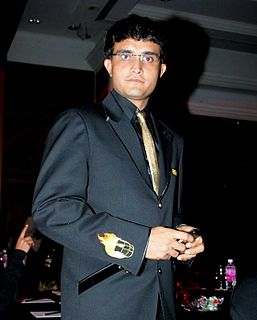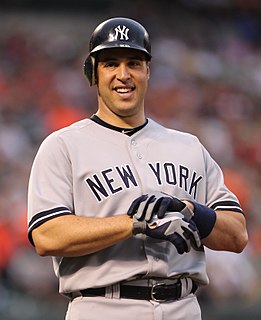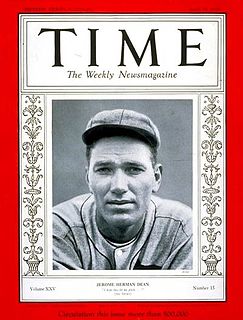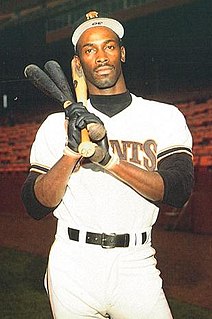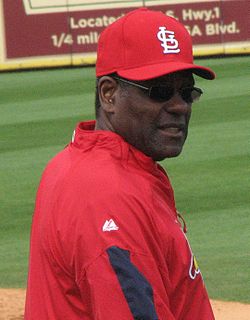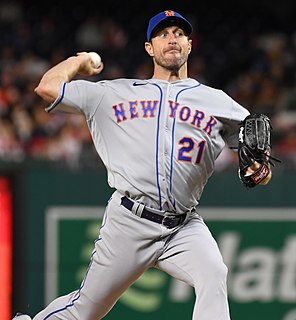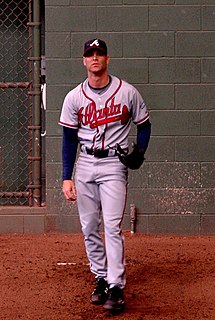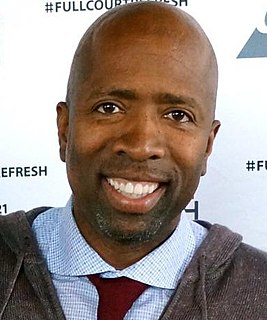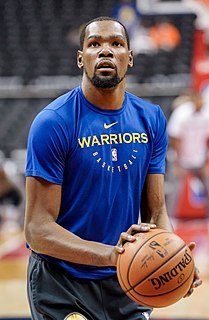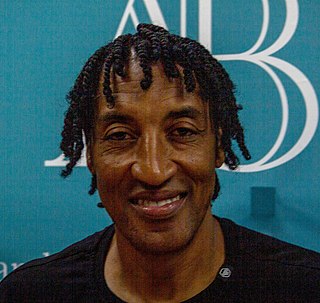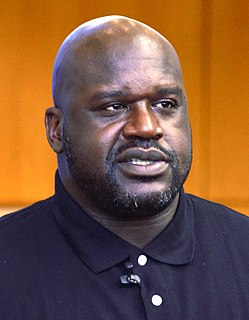A Quote by J. D. Martinez
To me grinding out a good at-bat is pretty much fighting. And it's not trying to do too much with pitches, just finding a way to spoil a good pitcher's pitches, really.
Related Quotes
I was really happy with the 2,000th hit, because before the at-bat, I wanted to make sure my uniform looked good, my socks looked good. I made sure that way, if there's a highlight, I at least look my best. It was a really good at-bat. I was very happy, because the pitcher was throwing very tough pitches that at-bat.
We have heard projects with some of the writers, who we've been in business with for a long time at the studio, that we've heard as a studio - often, pitches that are still in their formation stage where we or the writers have wanted our input on developing them. We've probably heard more pitches with the network hat on. Certainly all of the outside pitches are that way, and many of the pitches that have been in great shape coming out of the studio we've heard from a network perspective.
There are certain things I can't do, certain pitches I can't hit. You stay away from them. You try to wait for pitches you can hit. The bat speed isn't what it used to be. You make up for it by using your head, working counts, getting ahead in counts and getting pitches to hit and hitting them hard.
If a pitcher goes up there and he's throwing a ball and it's a breaking ball down and away or a fastball up and in, a perfect pitcher's pitch, and you're able to just foul it off and stay alive in the at-bat, just keep grinding, keep working through the at-bat and hoping for that mistake that he's going to make. And if he doesn't, then you walk.


